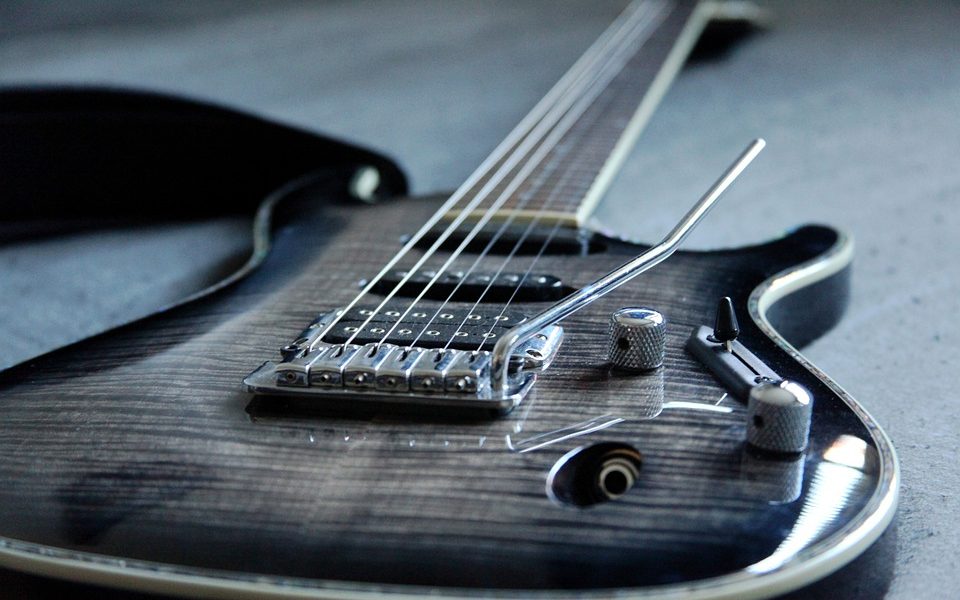Mastering Chords: A Beginner’s Guide to Guitar
Mastering Chords: A Beginner’s Guide to Guitar
Learning to play the guitar can be a rewarding experience, but it can also be a daunting task for beginners. One of the most important skills that any guitarist should master is knowing how to play chords. Chords are the building blocks of music and are essential for playing countless songs in various genres. In this beginner’s guide, we will break down the fundamentals of mastering chords on the guitar.
Understanding the Basics of Chords
Before we dive into how to play chords on the guitar, let’s first understand what chords are. A chord is a collection of three or more notes played simultaneously, creating a harmonious sound. Chords are typically made up of three different types of notes: the root note, the third, and the fifth. The root note is the main note that gives the chord its name, the third determines whether the chord is major or minor, and the fifth adds depth and stability to the chord.
Types of Chords
There are several types of chords that every guitarist should be familiar with. The most common chords are major and minor chords. Major chords have a happy and uplifting sound, while minor chords have a more somber and melancholic feel. Other types of chords include seventh chords, suspended chords, and augmented chords. Each type of chord has its own unique sound and can be used to create different moods in music.
How to Play Chords on the Guitar
Now that we have a basic understanding of chords, let’s dive into how to play them on the guitar. To play a chord, you will need to place your fingers on the fretboard in specific positions to create the desired sound. Here are some steps to follow when playing chords on the guitar:
1. Start by placing your fingers on the fretboard in the correct positions. The fretboard is the long, thin piece of wood that runs down the neck of the guitar. Each fret on the fretboard represents a different note.
2. Use your fingertips to press down on the strings to produce a clear sound. Make sure to press down firmly enough to produce a clean sound, but not too hard that it causes discomfort.
3. Strum the strings with your other hand using a pick or your fingers to create the sound of the chord. Make sure to strum all of the strings at once to produce a full, rich sound.
4. Practice transitioning between different chords to improve your speed and accuracy. Start with simple chords like C major, G major, and D major, then move on to more complex chords as you become more comfortable.
Common Chord Progressions
In music, chord progressions are a series of chords played in a specific order. Understanding common chord progressions is essential for any guitarist looking to improve their playing skills. Some of the most common chord progressions include the I-IV-V progression, the I-IV-VI-V progression, and the ii-V-I progression. These progressions are found in countless songs across various genres and are crucial for any guitarist to master.
Tips for Mastering Chords
Here are some tips to help you master chords on the guitar:
1. Practice regularly: Consistent practice is key to mastering chords on the guitar. Set aside time each day to work on your chord playing skills and gradually increase the difficulty as you improve.
2. Use a metronome: A metronome is a tool that helps keep you in time while practicing. Use a metronome to help you stay on beat and improve your timing when playing chords.
3. Experiment with different chord voicings: There are multiple ways to play the same chord on the guitar. Experiment with different finger positions and voicings to find the one that sounds best to you.
4. Seek guidance: If you’re struggling to master chords on the guitar, consider taking lessons from a professional instructor. A teacher can provide personalized feedback and guidance to help you improve your skills.
Conclusion
Mastering chords on the guitar is essential for any guitarist looking to improve their playing skills. By understanding the basics of chords, learning how to play them on the guitar, and practicing common chord progressions, you can take your playing to the next level. Remember to practice regularly, use a metronome, and seek guidance from a professional instructor if needed. With dedication and hard work, you’ll be well on your way to mastering chords on the guitar.






